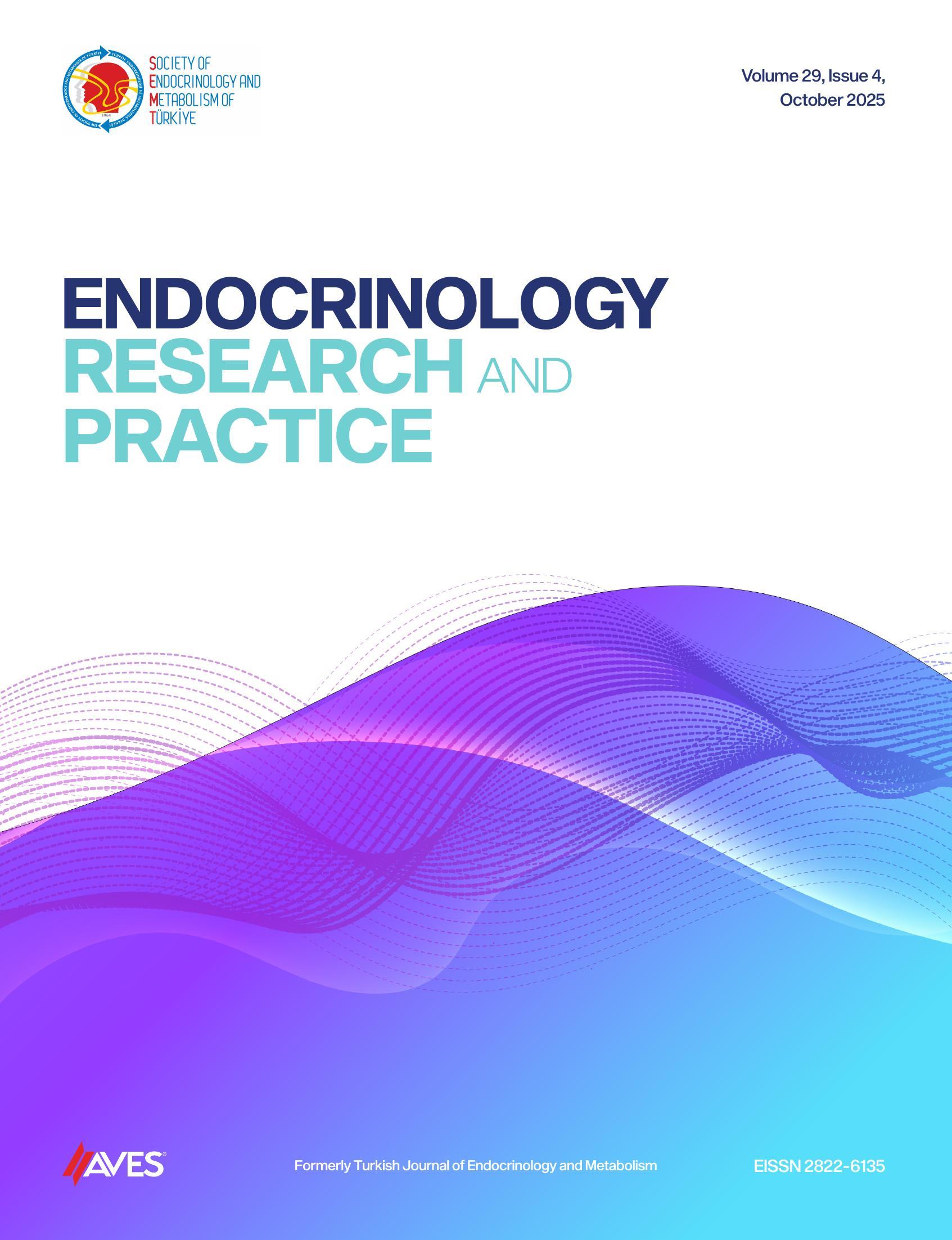Glucagonomas, a rare subset of pancreatic neuroendocrine neoplasms (PNETs) originating from
alpha cells of the pancreas, secrete glucagon and represent less than 10% of PNETs, with an incidence
of 0.01-0.1 per million population per year. Often metastatic at diagnosis, glucagonomas commonly
present with dermatological symptoms, notably necrolytic migratory erythema (NME), leading to
diagnostic delays. Effective management necessitates a multidisciplinary approach. We report a case
of a 26-year-old woman with itchy, coin-sized lesions, initially misdiagnosed as erythema multiforme
and treated with topical corticosteroids. Recurrence of symptoms, weight loss, night sweats, nail
changes, and gastrointestinal issues led to further investigation. Elevated glucagon (700 pg/mL) and
chromogranin A levels (>700 ng/mL) confirmed glucagonoma. Imaging revealed multiple hepatic
and pancreatic lesions. The treatment included lanreotide, peptide receptor radionuclide therapy
(PRRT), distal pancreatectomy, and splenectomy. Despite 6 PRRT cycles and additional chemother-
apy, recurrent liver metastases necessitated ongoing management and potential liver transplanta-
tion. This case emphasizes the importance of early NME recognition and a multidisciplinary approach
involving dermatology, endocrinology, pathology, radiology, surgery, nuclear medicine, medical
oncology, and interventional radiology for effective glucagonoma management.
Cite this article as: Yazarkan Y, Ertürk B, Sönmez G, et al. Multidisciplinary approach to glucagonoma: A case report. Endocrinol Res Pract. 2025;29(2):149-152.

-1(1).png)

.png)